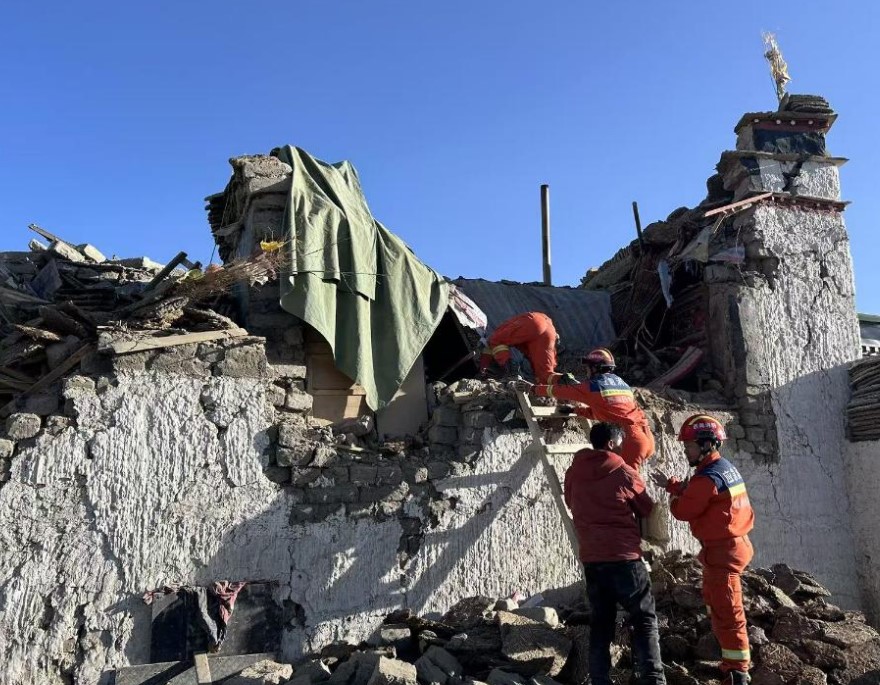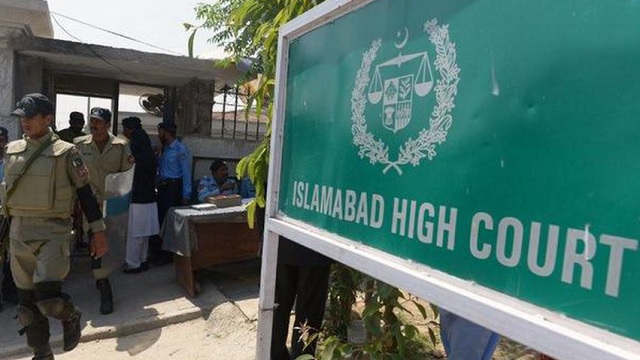A powerful earthquake rocked the Nepal-Tibet border region early Tuesday morning, claiming at least 53 lives and injuring 62 others. The tremors were felt across northern India, sending residents into panic, reports Asian Lite News
At least 53 people were killed and 62 injured after a powerful 7.1-magnitude earthquake struck the Nepal-Tibet border region on Tuesday morning, according to media reports.
The National Centre for Seismology (NCS) confirmed that the earthquake occurred at 6:35 AM (IST), with its epicentre at latitude 28.86°N and longitude 87.51°E, at a depth of 10 kilometres. The location was identified as Xizang (Tibet Autonomous Region), near Nepal’s border.
Xinhua news agency reported that the fatalities were concentrated in the city of Xizang, with many injuries and structural damage also recorded.
“The earthquake’s epicentre was near the Nepal-Tibet border, shaking northern India and leaving devastation in its wake.”
In Tonglai Village, Changsuo Township of Dingri in Xigaze (Shigatse), numerous houses reportedly collapsed, further escalating the devastation.

The earthquake also sent tremors across northern India, affecting areas such as Bihar, West Bengal, Sikkim, and Delhi-NCR, causing panic as residents rushed out of their homes. Fortunately, no casualties or property damage have been reported in India so far.
Two aftershocks followed the initial quake — a 4.7-magnitude tremor was recorded at 7:02 AM (IST), with its epicentre at latitude 28.60°N and longitude 87.68°E, at a depth of 10 kilometres, and another 4.9-magnitude quake struck at 7:07 AM (IST), with its epicentre at latitude 28.68°N and longitude 87.54°E, at a depth of 30 kilometres.
The United States Geological Survey (USGS) pinpointed the earthquake’s location 93 kilometres northeast of Lobuche, near the Nepal-Tibet border. Lobuche lies near the Khumbu Glacier, approximately 150 kilometres east of Kathmandu and 8.5 kilometres southwest of Everest Base Camp.
Nepal, situated in a highly seismically active zone where the Indian and Eurasian tectonic plates converge, is no stranger to earthquakes. This tectonic activity, which forms the Himalayan region, often results in seismic events of varying magnitudes.
Authorities in Nepal and affected Indian regions remain vigilant, closely monitoring the situation. The earthquake has renewed concerns in an area historically vulnerable to devastating seismic activity.
ALSO READ: Pak-Afghan Tensions Escalate Over Strikes













